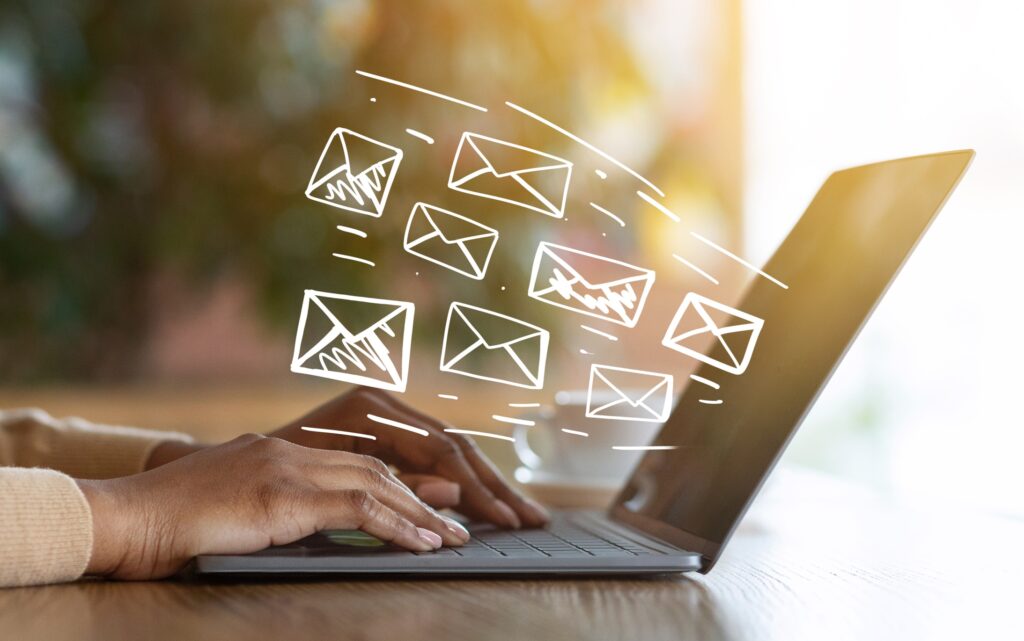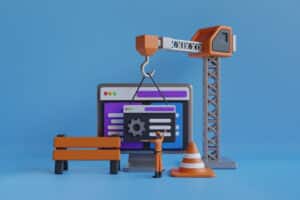Chances are, you’ve used some version of a BASHO email before, even if you didn’t know its name. If you’ve ever researched a decision-maker you wanted to contact, sent them an email that referenced something they did, segued to a question about their business, and wrapped up with a service you offer, then congratulations — you definitely have. What you may not be aware of, though, is that these emails are often recommended as part of a sequence, and that each sequence includes the use of call campaigns.
Who Invented BASHO Emails?
According to HubSpot, we can thank Jeff Hoffman. As for how people have chosen to apply these emails, the methods can definitely vary. Plenty of marketers have added to or subtracted from the BASHO email’s basic format based on the needs of their business. The same goes for its sequence: how many emails are sent, and how frequently. What stays fairly consistent, though, is what’s recommended for the very first message. You want to 1) make it personalized and relevant to your audience, which requires some initial research; 2) start by relating to the customer, asking them about their business, and tying that back to what you do; 3) be conversational, rather than salesy; and 4) include some kind of call to action to prompt them to respond.
Example of a BASHO Email
Here’s an idea for a template you can customize:
Hi [first name],
I saw your recent article on [subject] and found it interesting how you’ve [discuss a specific topic].
Have you ever run into trouble with [pain point in the lead’s industry that relates to the topic]? I ask because our company has often had to use [solution] in order to manage that problem.
Could we schedule some time to talk more about it?
Don’t be afraid to make modifications as long as you stick to the general format and purpose. These emails can be adapted to any stage of the buyer’s journey, not just marketing or sales. Even our prospecting team uses follow-up templates that could be described as BASHO Lite: three to four sentences that focus on one pain point, one solution, and one call to action (typically for a phone call).
How Many BASHO Emails Should You Send?
When it comes to highly engaged leads, we recommend sending them the following BASHO sequence:
Email 1 — Follow the format above: research your lead, mention a pain point, offer a solution and ask for a call. Wait 24 hours, then send…
Email 2 — Follow up with the lead and offer something of value, like a case study that demonstrates your authority in their market. Wait 48 hours, then send…
Email 3 — Make your previous call to action (phone call) the primary purpose for this email, and ask about days/times that would work best with your lead’s schedule. Wait 72 hours, then send…
Email 4 — “Break up” with your lead by referencing your previous messages, telling them you understand if they aren’t interested in a discussion right now, and offering to keep them on an email list (if applicable) until the time is right.
Note: Your cadence can be longer if you follow HubSpot’s recommended format. They use five emails.
On the same days that you send an email, it’s also recommended that you call your leads. If they don’t pick up, leave them a brief voicemail that mirrors your email but not verbatim. With all of the concerns about cybersecurity and malware these days, a voicemail can go a long way to showing your leads that you’re actually who you claim to be, and that you’re legitimately interested in talking with them about their business.
Conversation-based email is still the most consistent way to get people to engage with your brand. If you’d like guidance on what those emails could look like for yours, or you’d like to talk more about how to integrate them with other automated marketing services, click the link below to schedule time for a discussion.





